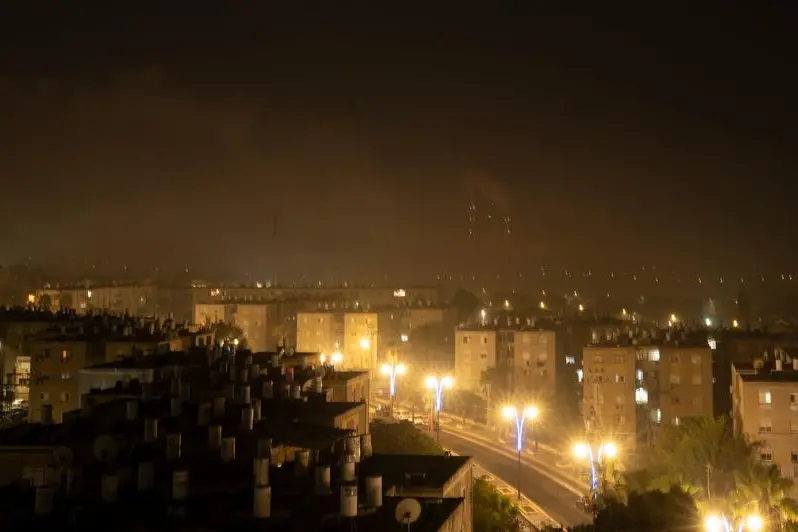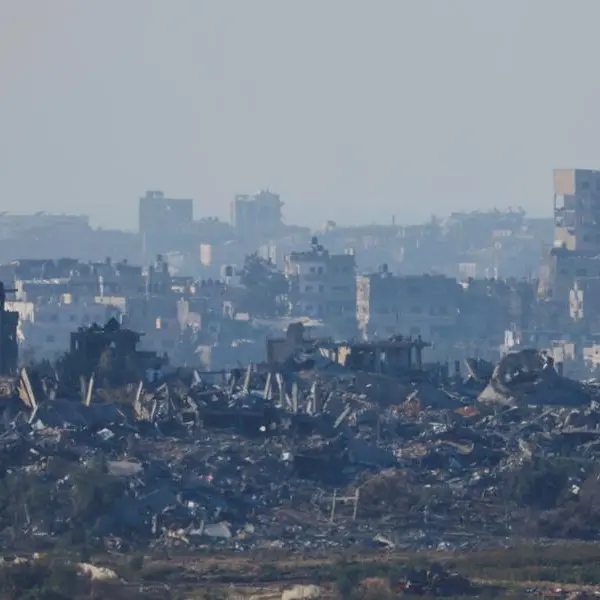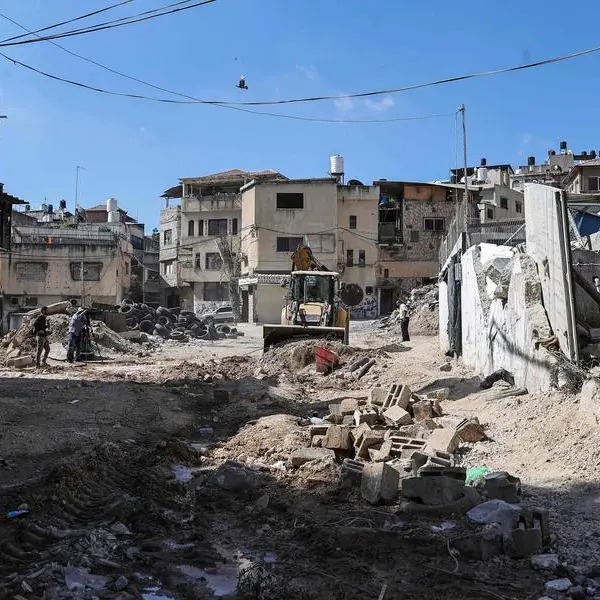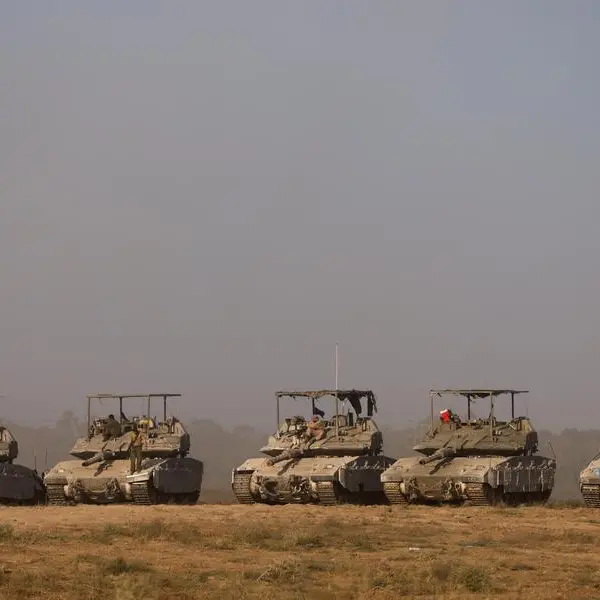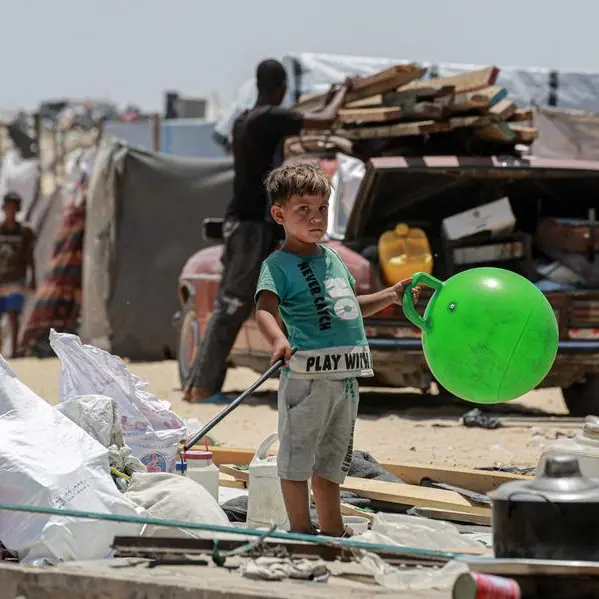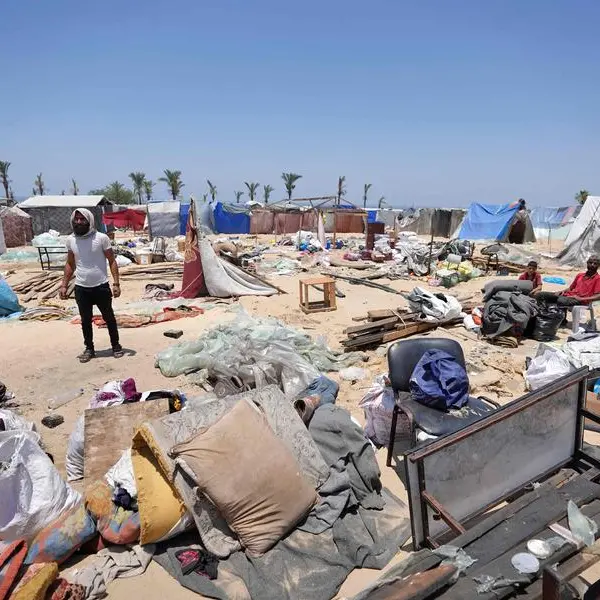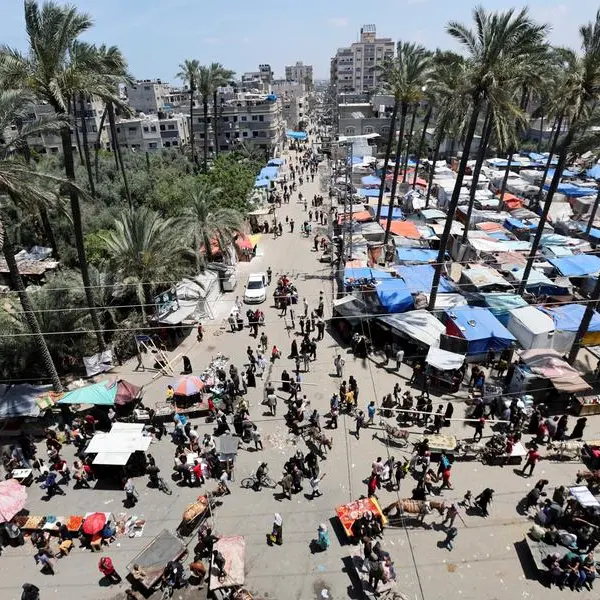PHOTO
“The images of Gaza bring back memories I usually keep buried.” These are words from a recent article in The New York Times by Megan K. Stack, contributing Opinion writer, who has lived the dreads of war firsthand during her many stints as a correspondent in conflict zones. In the article, Stack goes on to describe the horrors of being exposed to ceaseless bombardment and the trauma of bearing witness to death and destruction as a journalist. Her description of hell on earth engineered by man’s quest for dominion is lyrical, but it does not take away from a reporter’s trauma of having to bring those stories to us. If anything, her words reinforce the utter ugliness of war and highlight the incalculable impact it has on people long after the bombers have eventually stopped booming in the air.
The ripples of war travel far and wide, and no one probably feels it vicariously as the scribes who are pounded by it in newsrooms across the world. War reporters suffer it firsthand — their experience numbingly direct; war editors endure it second hand — their experience bordering on the dystopian. If you thought the latter are better off, for distance, they say, distils impact, you could not have been more wrong. War stories and images can be as distressing to people thousands of miles away as it is to people on the battle ground, as I recently discovered in my brief conversations with those who spent all day sifting and sorting graphic images on their screens to process and report the goings-on some 2100km away.
From getting nightmares to feeling distraught by the untold suffering wrought by war; from getting emotionally entangled to pretending detachment, war-time work for those on news desks is anything but all in a day’s work. If editors of yore had only still photos to filter and wire stories to edit, new age media thrusts real-time videos that are more graphic and gorier on their faces. And the dynamic nature of social media makes it worse with its insatiable appetite for grisly kind of content. A young journalist I spoke to admitted to feeling nauseous by the constant exposure to bloodied visuals, yet continuing to do it because it was their job to tell the story to the world. Yet another veteran said it was something they had learnt to overcome with time.
Perhaps, not all men and women who handle war stories at their desk are equally impacted, and some have learnt to be impartial observers. Or have they? Haw easy is it for a person, no matter how stoic they are, to be not moved by images of children soaked in blood or neighbourhoods where families lived as one community flattened, or wailing mothers receiving news of their young one’s death in a hospital or men frantically searching for loved ones in what was once their sweet home? Multiple exposures may have dented one’s sensibilities to instances of atrocities and other human afflictions, but it is improbable that a person with their heart in the right place will be able to shake off the lousy side-effects of watching a fellow human being badgered and butchered.
Disengagement might be a good old philosophy, and to be a witness with no strings might be a valuable quality to have for people who are in occupations that deal with human mortality, but few people attain to that neutral state. The vexation is either masked or suppressed and to many, it lies dormant for long before precipitating in different forms of mental illness. Many journalists engaged in real-time war reporting are diagnosed with PTSD and they duly take treatment, but rarely do people at the desk recognise their condition as something that requires attention.
The need to acknowledge the effect of nonstop exposure to blood and bodies on newsmen far from the scene of action has never before been so urgent. Those who are impacted must process their emotions without dismissing them as professional hazards and seek intervention that will prevent a silent breakdown of faculties. They could talk to peers willing to listen and purge their distress; they must indulge in positive activities that will help them snap out once the day’s job is over, and if the situation snowballs into something more serious than regular anguish, then they must seek professional help to de-escalate their mounting anxiety. To some, even prayers work as palliatives.
Our world is not going to be rid of the pestilence of war. With each instance, the imagery is only getting more vexing, and the people who are obliged to take these sad stories to the world have the difficult choice of either remaining empathetic and therefore be affected by it or become so desensitised that the loss of human lives will have no bearing upon them.
(Asha Iyer Kumar is a Dubai-based author and children’s writing coach)
Copyright © 2022 Khaleej Times. All Rights Reserved. Provided by SyndiGate Media Inc. (Syndigate.info).
